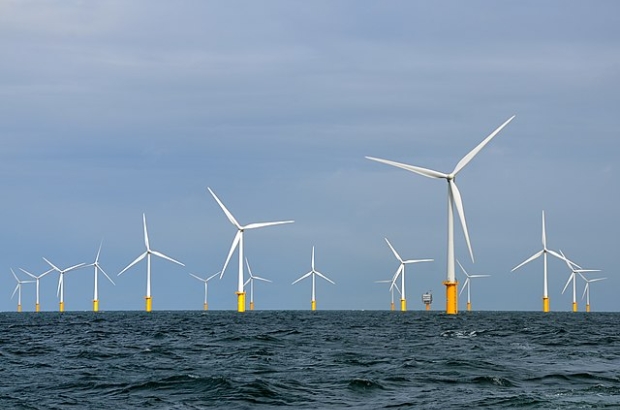- Daily & Weekly newsletters
- Buy & download The Bulletin
- Comment on our articles
Belgium signs agreement to increase use of North Sea wind power
Belgium, Denmark, Germany and the Netherlands want to increase the capacity of wind turbines in the North Sea tenfold by 2050, RTBF reports. The four countries signed an agreement to this effect on Wednesday in the port of Esbjerg in western Denmark.
The four countries are joining forces to try to reduce their dependency on oil and natural gas, Russian in particular. The aim is to make the North Sea a vast sustainable energy centre. The agreement was signed by Belgian prime minister Alexander De Croo, his Danish counterpart Mette Federiksen, Dutch prime minister Mark Rutte and German chancellor Olaf Scholz, in the presence of European Commission president Ursula von der Leyen.
The ambitions of the "Esbjerg Declaration" are far reaching. The goal is to increase the total capacity of offshore wind farms in the four countries to 65 gigawatts (GW) by 2030. This equates to a fourfold increase. By 2050, the signatories want to double this capacity again to 150 GW, 10 times the current capacity. This corresponds to the electricity consumption of 150 million households.
To achieve this, Belgium, Denmark, the Netherlands and Germany are committed to collaborating and connecting the various wind farms as much as possible into a large grid. An electric cable project between Belgium and Denmark – in which Belgian energy minister Tinne Van der Straeten played a major role – is seen as the backbone of the project.
Belgium's ambitions are well known. The government wants to increase the current capacity of offshore wind turbines from 2.2 GW to 6 GW by 2030 and 8 GW by 2040, enough to supply each Belgian family. In comparison, Germany is targeting 70 GW by 2045. As space is limited in Belgium, the country is heavily engaged in interconnection with other countries, not only with Denmark, but also via the existing interconnection with the Netherlands, Great Britain or Germany.
Eventually, Belgium also wants to turn to more distant countries like Norway to import green electricity.
















